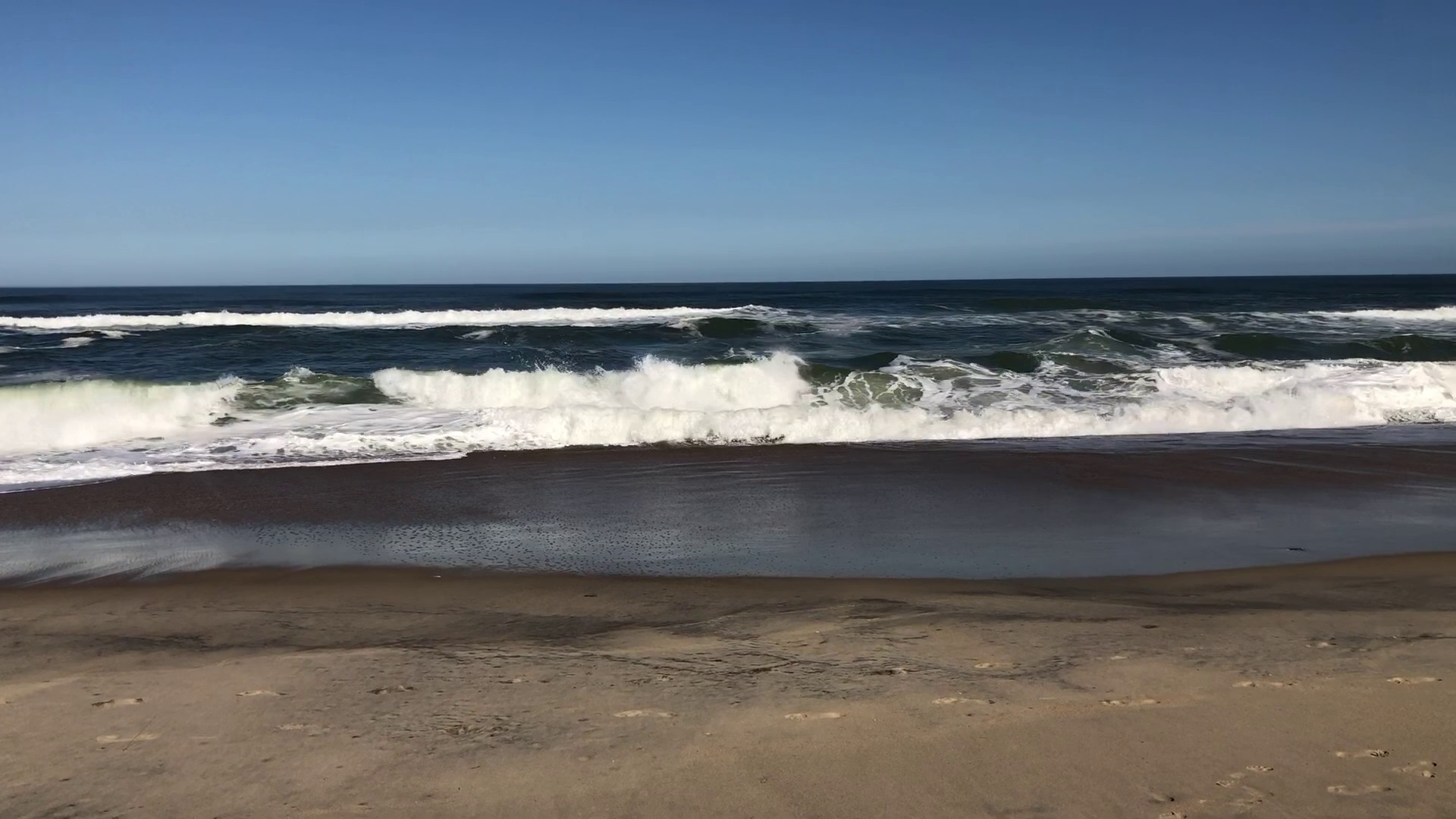
| Canfield Travels |  |
| Florida 2019 #7 April 17, 2019 |
Outer Banks
Ocracoke and Hatteras
The Outer Banks
consist of a 125 mile string of narrow islands and peninsulas between the
Atlantic Ocean and Pamlico Sound.
Our route to these
islands started with a long ferry ride from Swan Quarter, a quaint, sleepy
community on southern Pamlico Sound, to Ocracoke.
Outer Banks
Ferry to Ocracoke
Although the
distance from Ocracoke ferry dock to Hatteras ferry dock is 5 miles, due to
shallows and drifting debris, the ferry route between then is over 30 miles.

Drifting dunes
Cape Hatteras National Seashore
“Graveyard of the Atlantic”
The Cape Hatteras
Light Station protests one of the most hazardous sections of the Atlantic Coast
where the Gulf Stream collides with a branch of the Labrador Current. At 208
feet tall the light can be seen up to 20 miles at sea.
After a winter storm
in 1980 caused significant dune erosion, the light house was now only 50 to 70
feet from the shoreline. In 1999, after years of study, the lighthouse was
moved 2900 feet in 23 days so that it now lies 1500 feet from the shore line.
Bodie Light Station
on the Roanoke Sound side of the national seashore is utilized by southbound
ships to fix their position for navigating the dangerous cape. At 156 feet tall
the light can be seen about 19 miles at sea.
Ocracoke Light
Station was built to assist mariner’s through the Ocracoke Inlet, the deepest
inlet channel between shallow Pamlico Sound and the ocean. Completed in 1823,
it is thought to be the oldest continually operating lighthouse on the North
Carolina coast. At 75 feet tall the light can be seen 14 miles at sea.
Bodie Island Light Station
Wright Brothers at Kitty Hawk
Wright Brothers National Memorial – a moment
in history
To test their
gliders, Kitty Hawk, North Carolina was selected by the Wright Brothers for its
flat terrain, constant winds, sand for softer landing and lack of obstructions.
In addition the area was isolated and remote, providing privacy as they
experimented with glider lateral and longitudinal control.
On December 17,1903
the first flight of a power-driven glider lasted 12 seconds and covered 120
feet. The fourth flight that day lasted 59 seconds and covered 852 feet.
Mathematics problem:
What was the average miles per hour of this flight?
Carolyn watches "First Flight" take off
After a short visit
with cousins Diane and Jim Walker in Virginia, we concluded our winter
adventures back home in NJ.